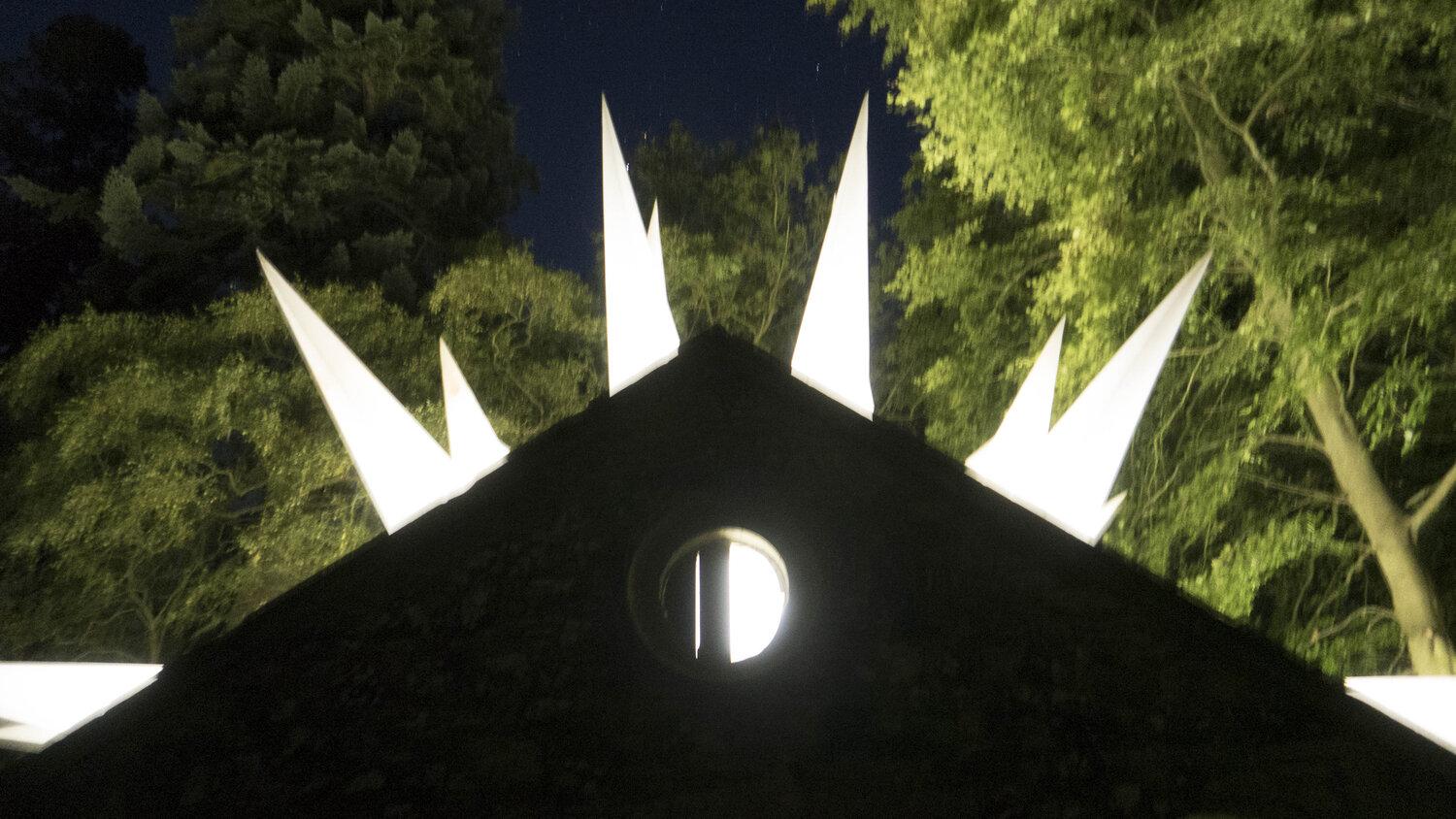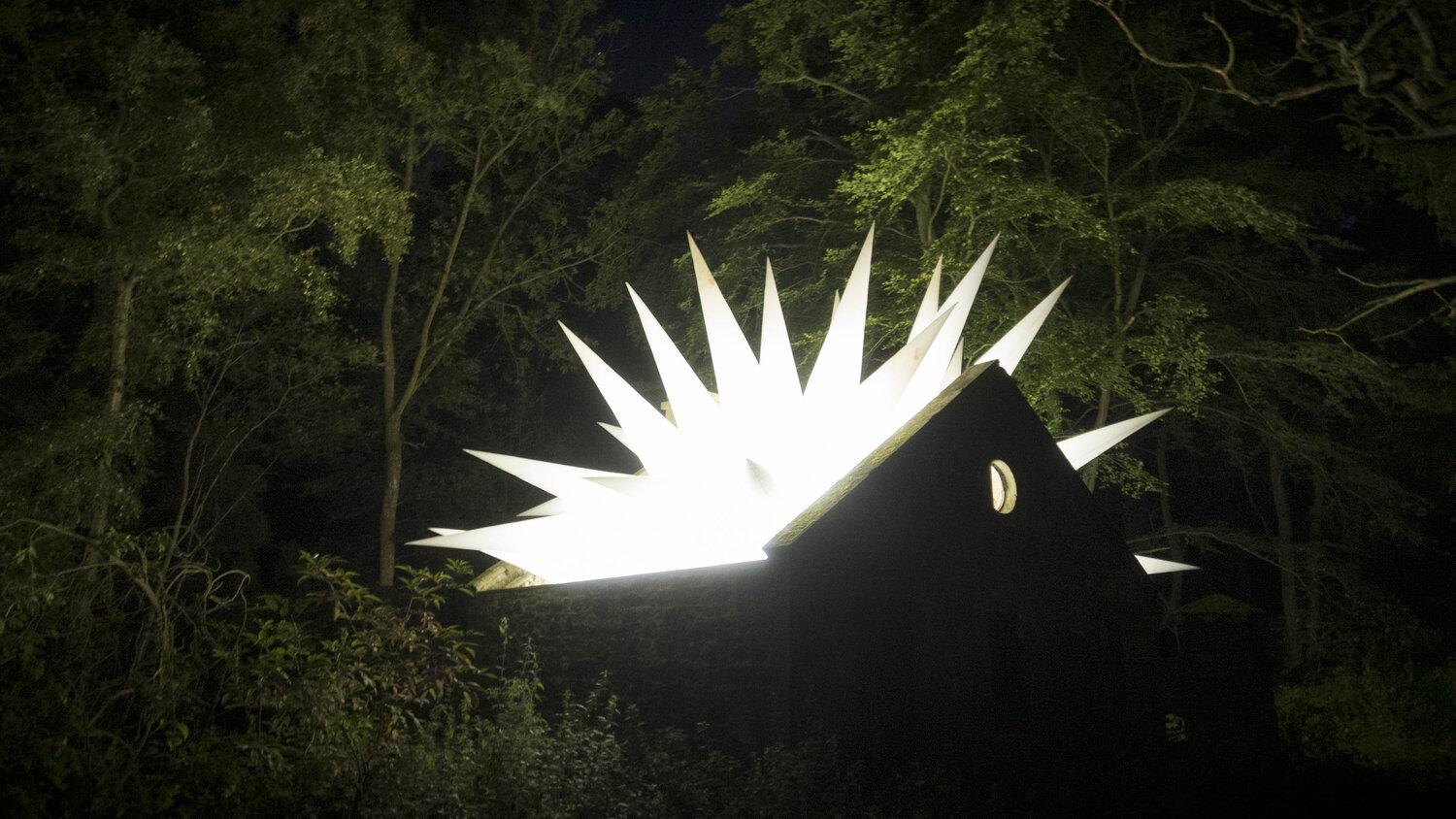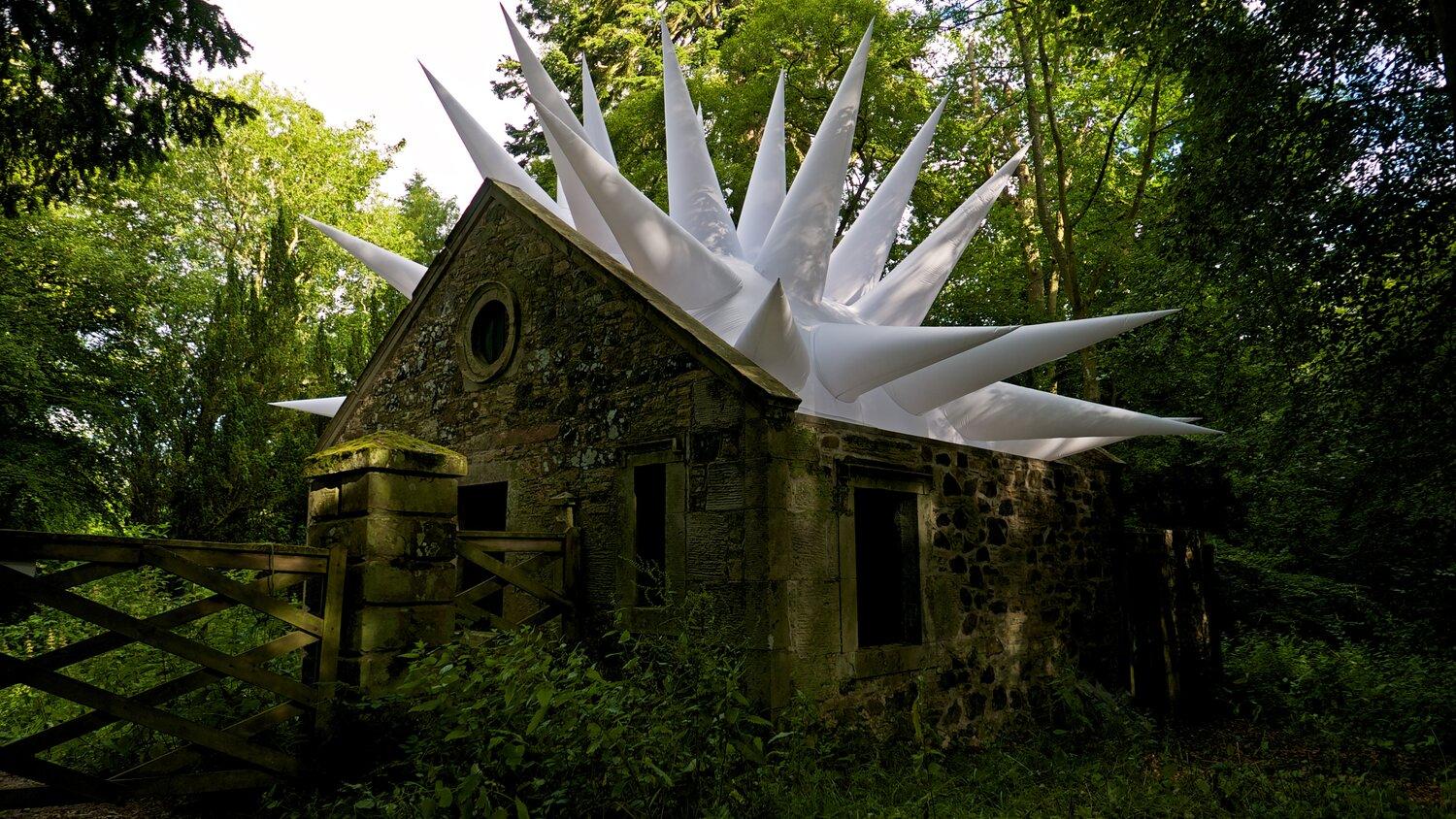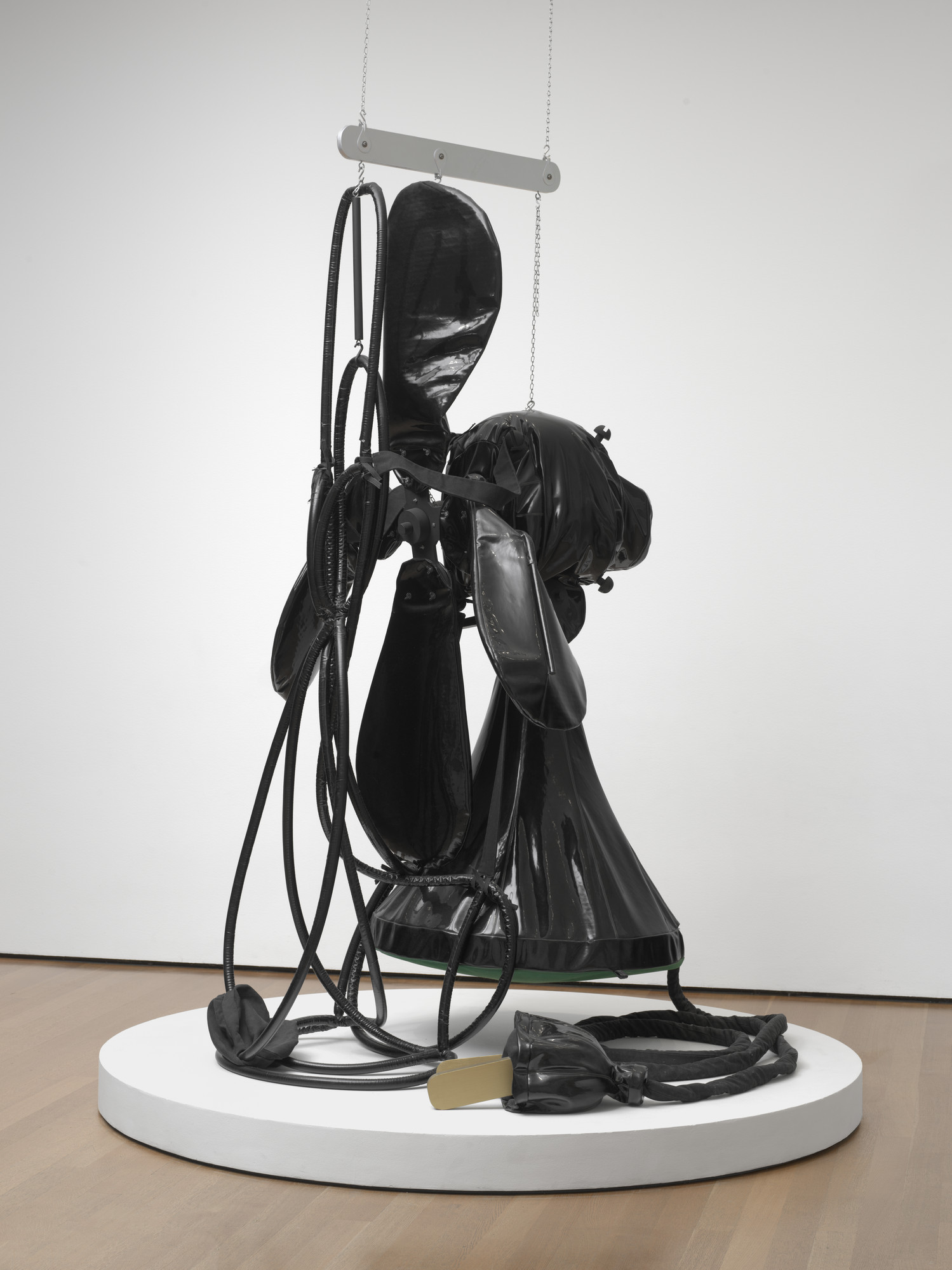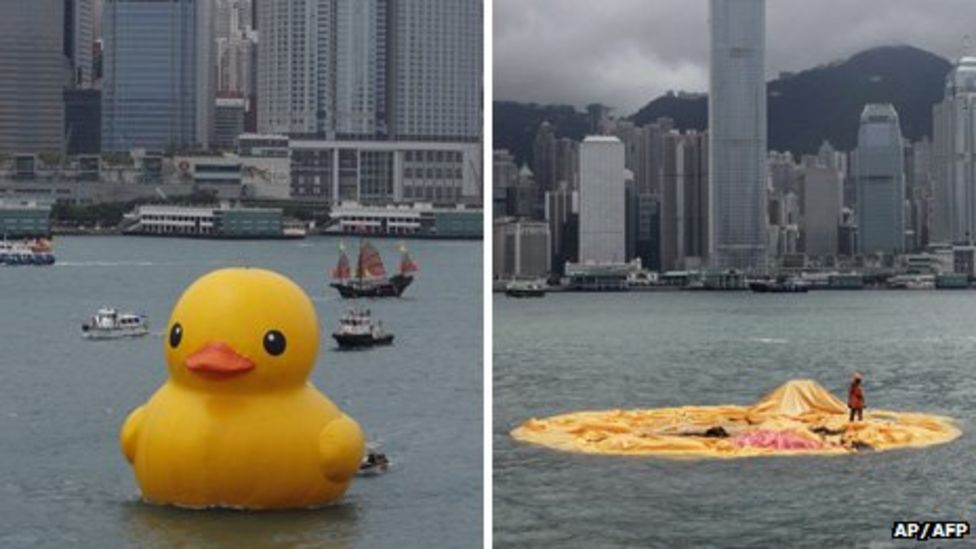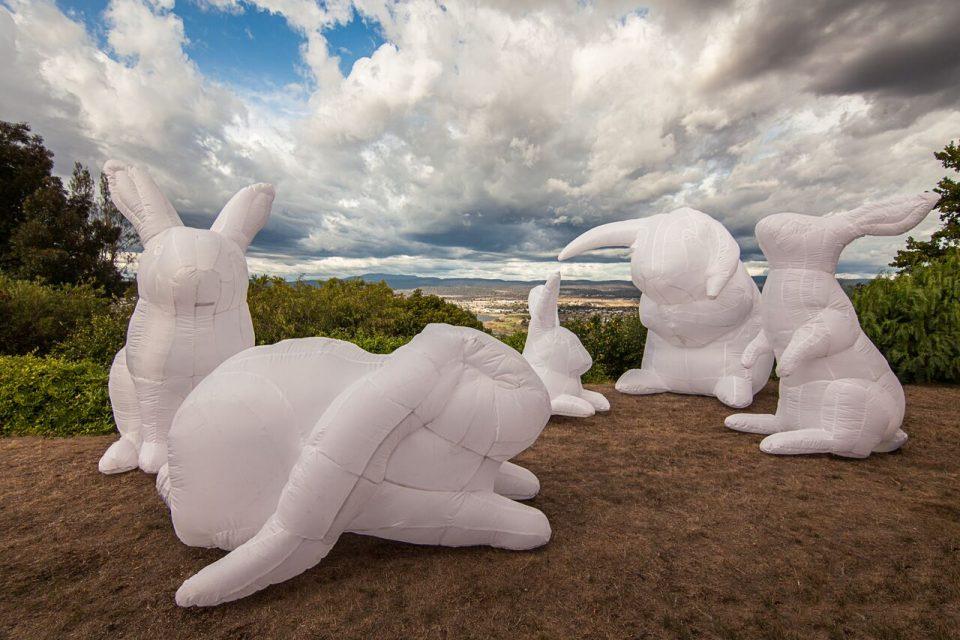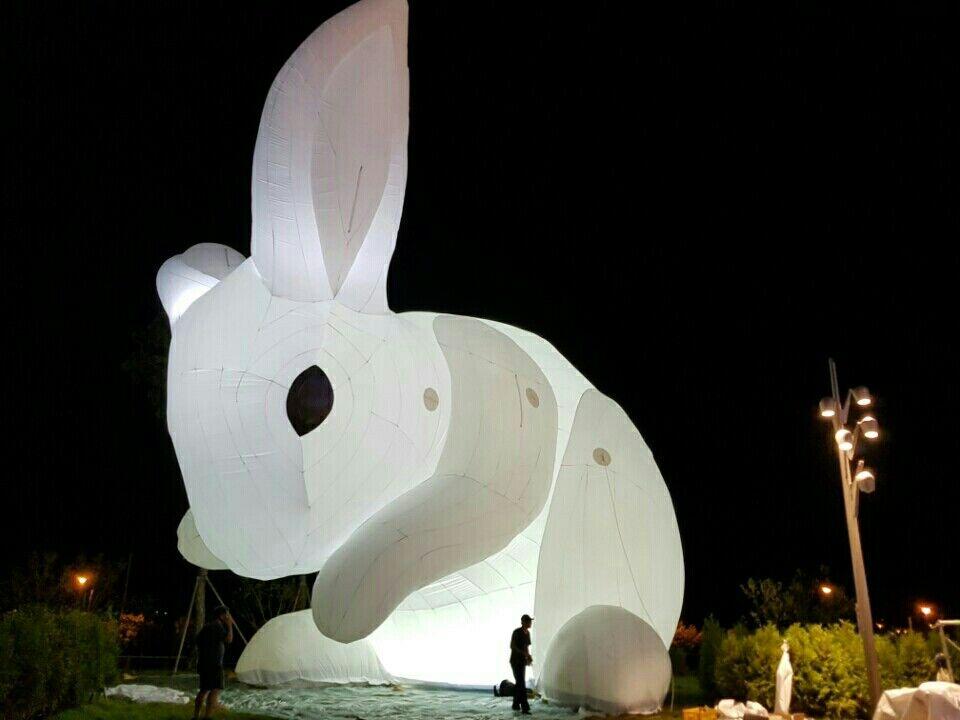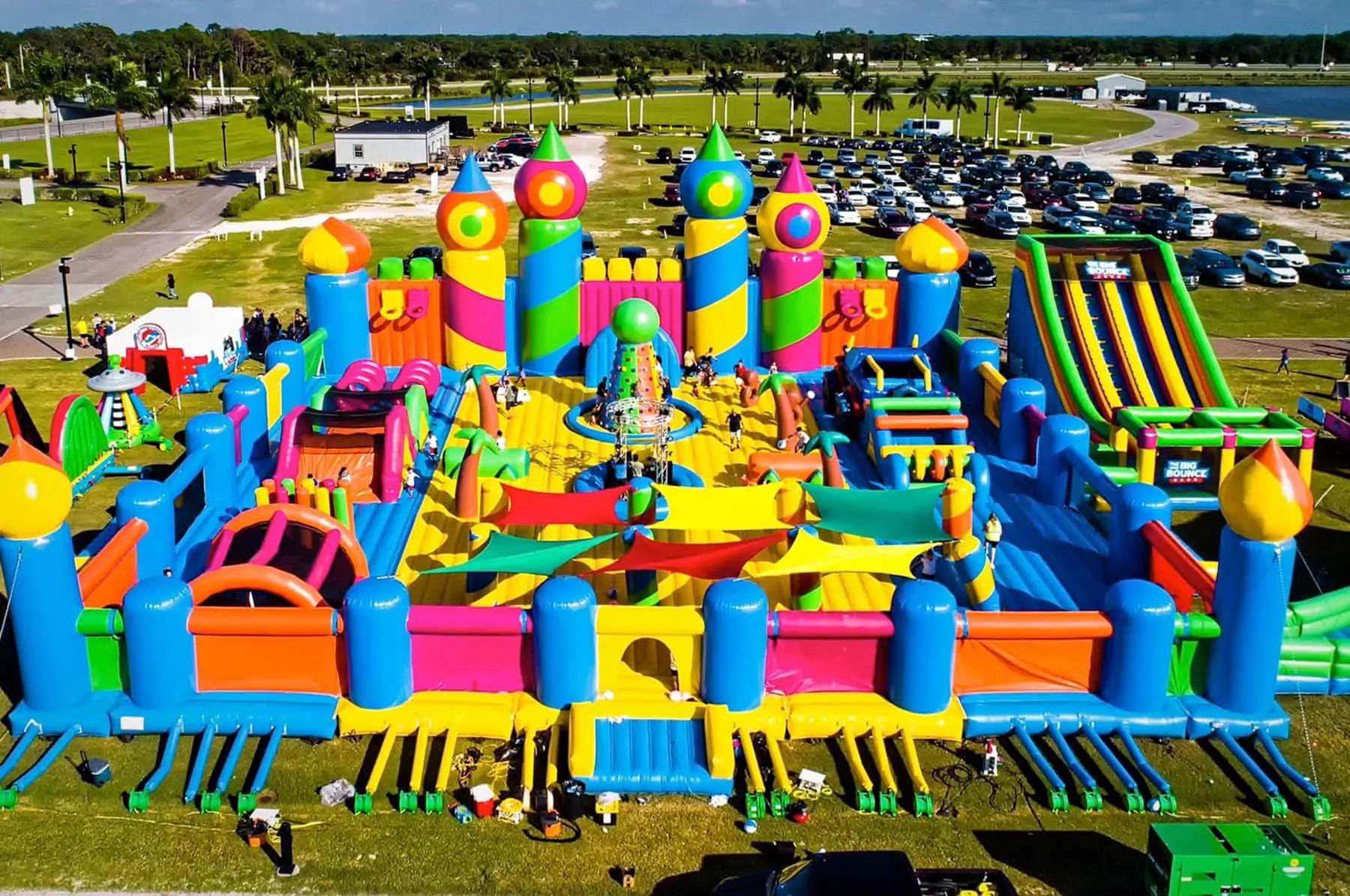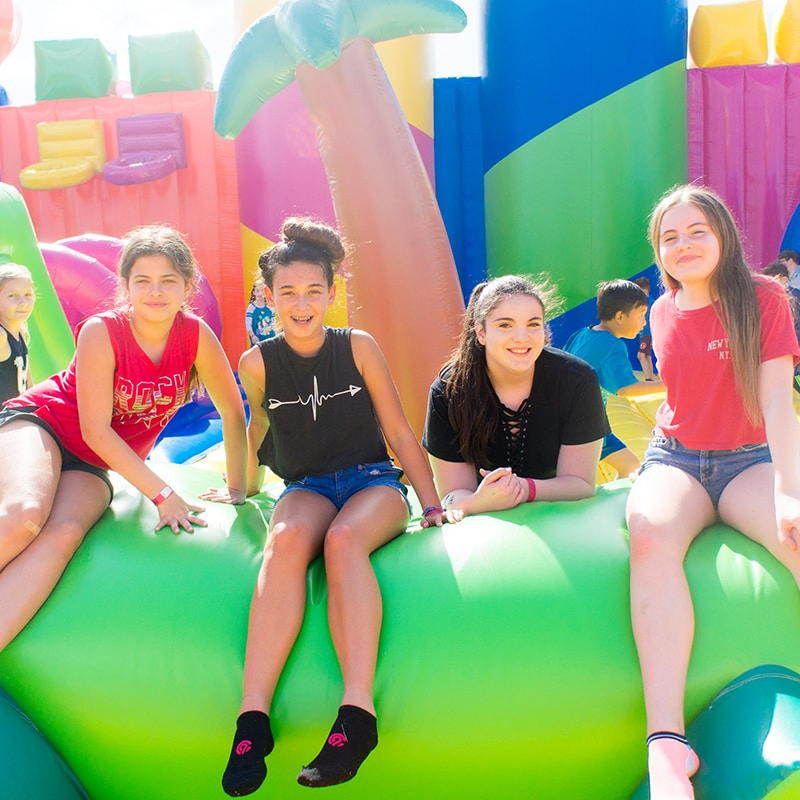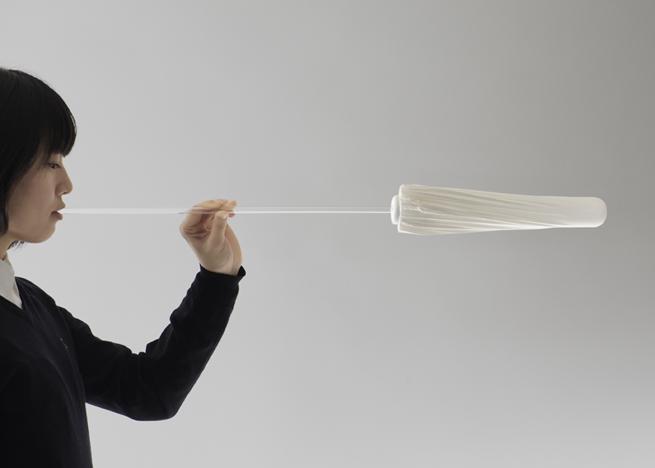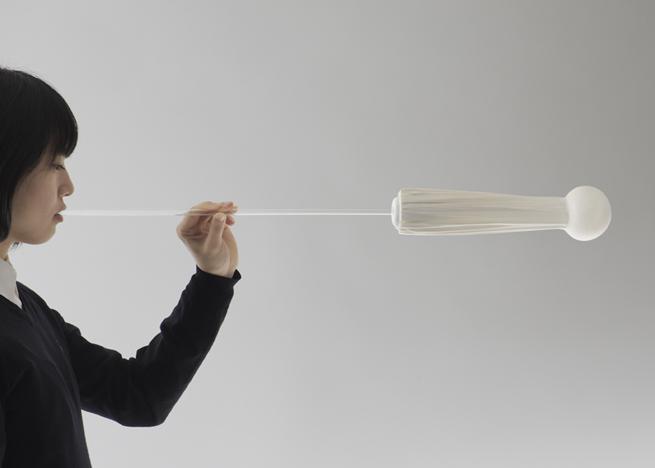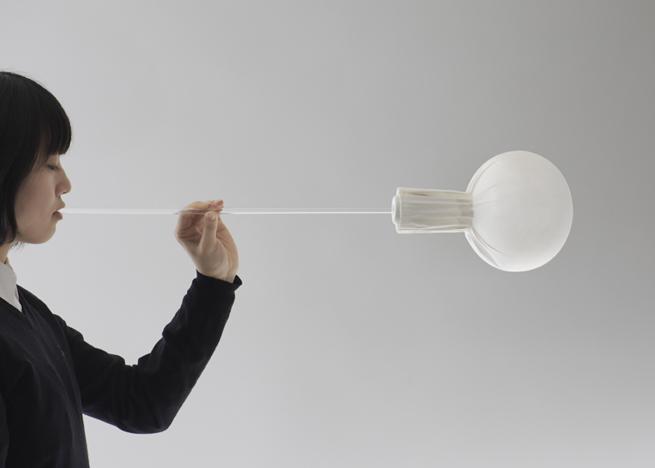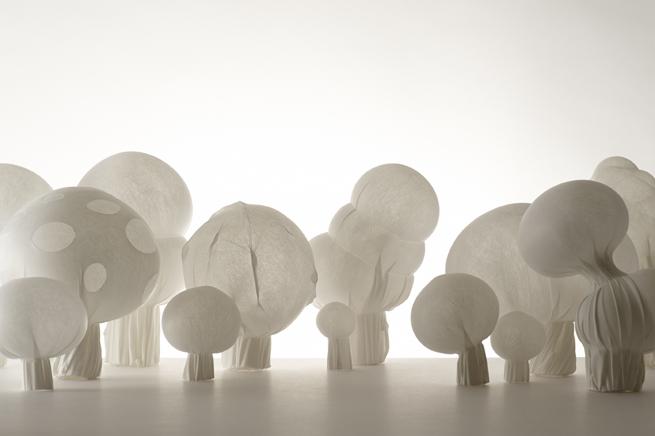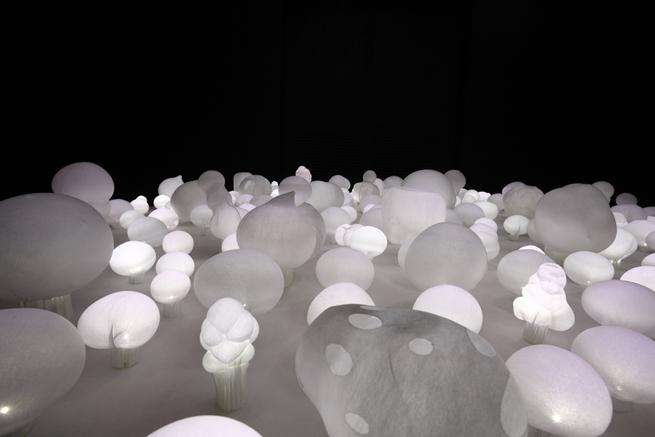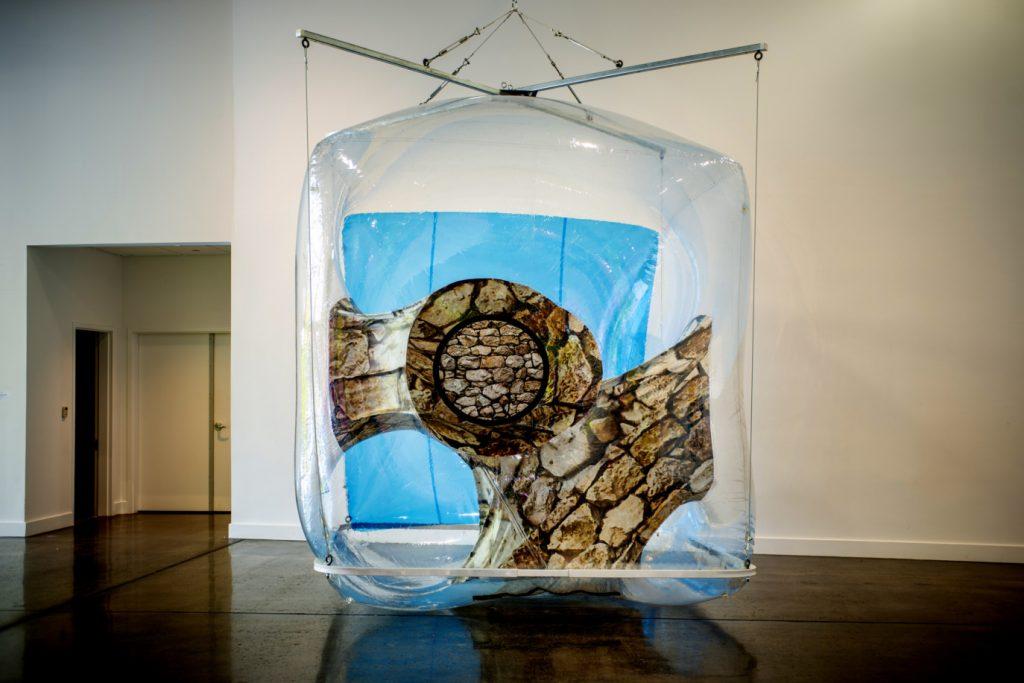
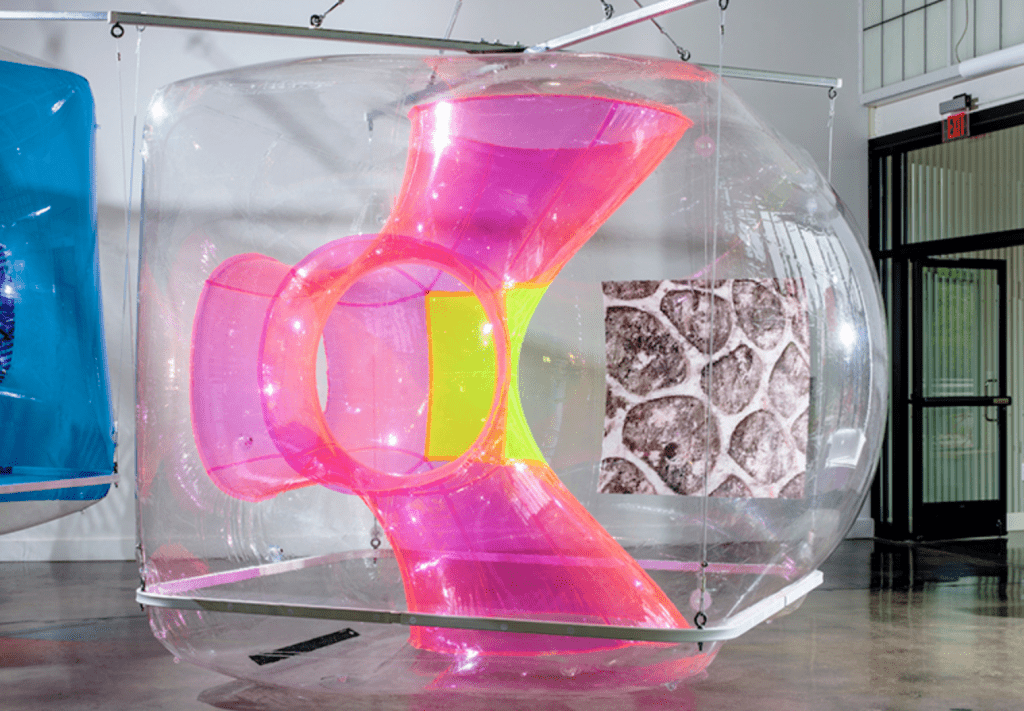
Michael Rees: Synthetic Cells is an inflatable installation artwork intended to question the boundaries of object, perception, and reality. Michael Rees is an American artist who is recognized as one of the pioneers of digital media art. Rees constantly pushes the traditional methods of creating sculptural art by questioning the interaction between art and the audience.
‘Synthetic Cells’ was an exploration of the semiotic relationality of various materials and technology. The artist created seven 10-foot cube sculptures made out of vinyl plastic which was inflated into plumpy shapes. Then, on certain parts of the vinyl, projections were installed to depict augmented reality.
This project was eye-catching both visually and conceptually. The colorful hues and interesting shapes were visually captivating. At the same time, the augmented reality projections were a thoughtful push for the audience to reflect on the multilayer complexities of our cognitive understanding.



